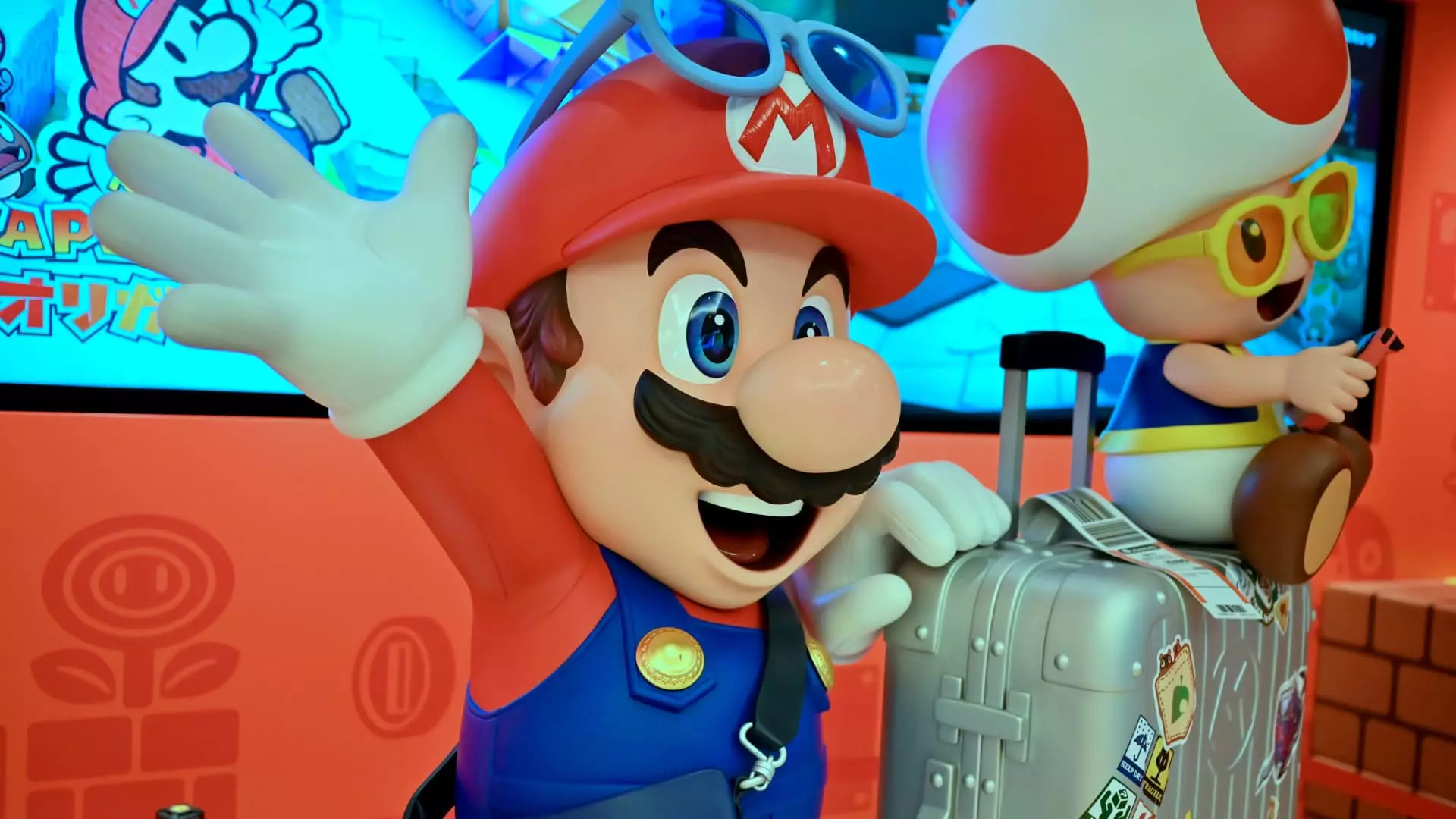Nintendo’s latest financial report for the fiscal third quarter, concluded on December 31, has sparked concern among investors and gaming enthusiasts alike. The company revealed revenue of 432.92 billion Japanese yen (approximately $2.8 billion), which fell short of analysts’ expectations of 498.22 billion yen. Furthermore, Nintendo’s net profit was reported at 128.53 billion yen, again underperforming against the projected 136.16 billion yen and reflecting a decline of 6% year-over-year. This underperformance has prompted the company to re-evaluate its full-year forecast, leading to a reduction in sales estimates for the aging Nintendo Switch.
Launched in 2017, the Nintendo Switch quickly became a cornerstone of the company’s product lineup, but recent data highlights a waning interest in this nearly eight-year-old console. While Nintendo has endeavored to reinvigorate the Switch’s market presence by introducing updated versions and enhancing its gaming ecosystem through cross-media initiatives, including film adaptations of beloved franchises, the sales figures tell a different story. The company has lowered its sales expectations from 12.5 million units to 11 million units for the fiscal year ending March 31, amid a significant year-over-year decline of 30.6% in units sold during the December quarter, totaling just 4.82 million units.
Looking Ahead: The Anticipated Switch 2
Despite the current slowdown, Nintendo’s eyes are firmly set on the future with the forthcoming release of the Switch 2. This successor is being highly anticipated and crucial for revitalizing Nintendo’s competitive edge in the gaming market. In a teaser released last month, the company provided a glimpse into the innovative new hardware, sparking excitement among fans. However, with no official price point or release date announced, much speculation remains about the Switch 2’s features and positioning.
Nintendo has indicated that some existing Switch games will be compatible with the Switch 2, which could transition current users smoothly to the new console. This move highlights the ongoing strategy to maintain its vast user base, which boasts 129 million annual playing users who have engaged with popular titles like Pokémon and The Legend of Zelda.
However, as analysts have pointed out, the impending transition to the Switch 2 poses a significant challenge for Nintendo. George Jijiashvili of Omdia emphasizes that the remarkable success of the original Switch is a “double-edged sword.” While the vast numbers of existing users present a solid opportunity for the new console, convincing those users to invest in upgraded hardware could be a significant hurdle. Retaining support for the original Switch while promoting the new model will be key to a successful transition.
Omdia forecasts that the Switch 2 might launch in the first half of 2025, projecting sales of 14.7 million units within the first year. Yet, comparisons with the original Switch, which has sold 150.86 million units, frame the challenge as monumental. Successfully selling the Switch 2 and surpassing the original’s sales would not only require outstanding marketing strategies but also innovative gaming experiences that resonate with players.
Nintendo’s current financial standing reflects growing pains amidst a shifting gaming landscape while simultaneously laying the groundwork for future endeavors with the Switch 2. The company’s capacity to turn around its fiscal performance will hinge on effective communication with its consumer base and delivering a compelling reason for existing users to embrace the next generation of gaming. As Nintendo gears up for its April event where more details about the Switch 2 will hopefully emerge, all eyes will be on whether the gaming giant can navigate the complex transition from one of its most successful consoles to its successor. The stakes are high, and the outcome could redefine the company’s gaming legacy as it moves forward.

